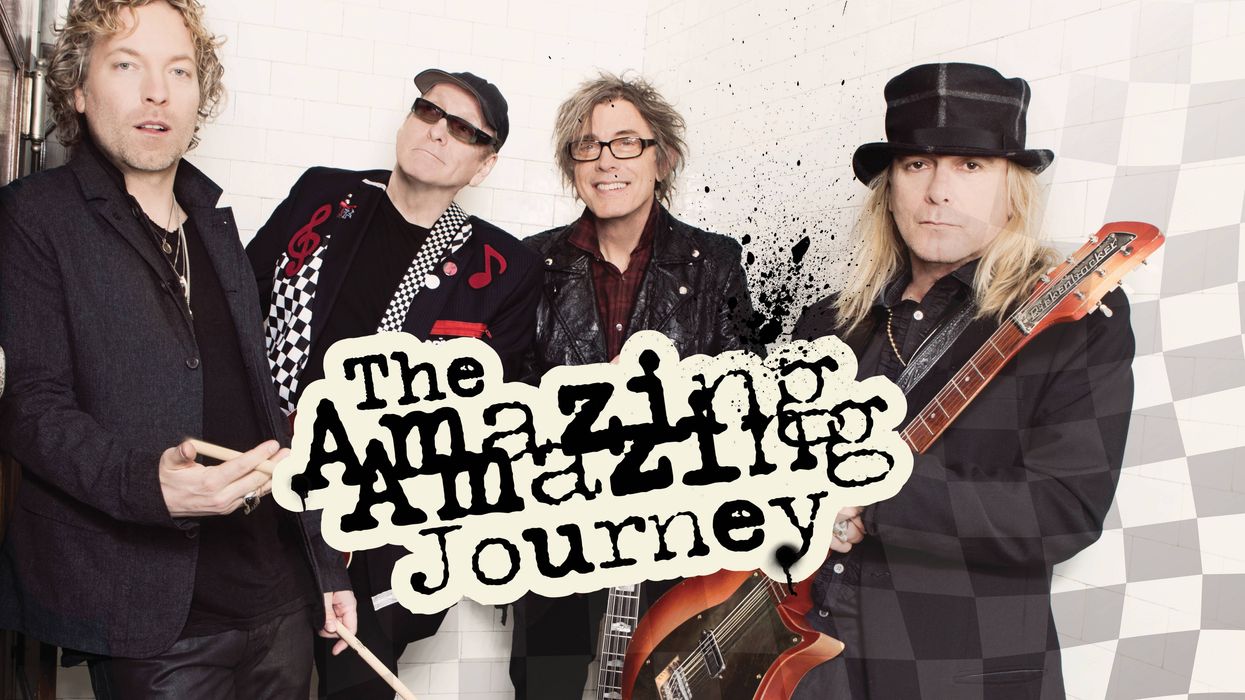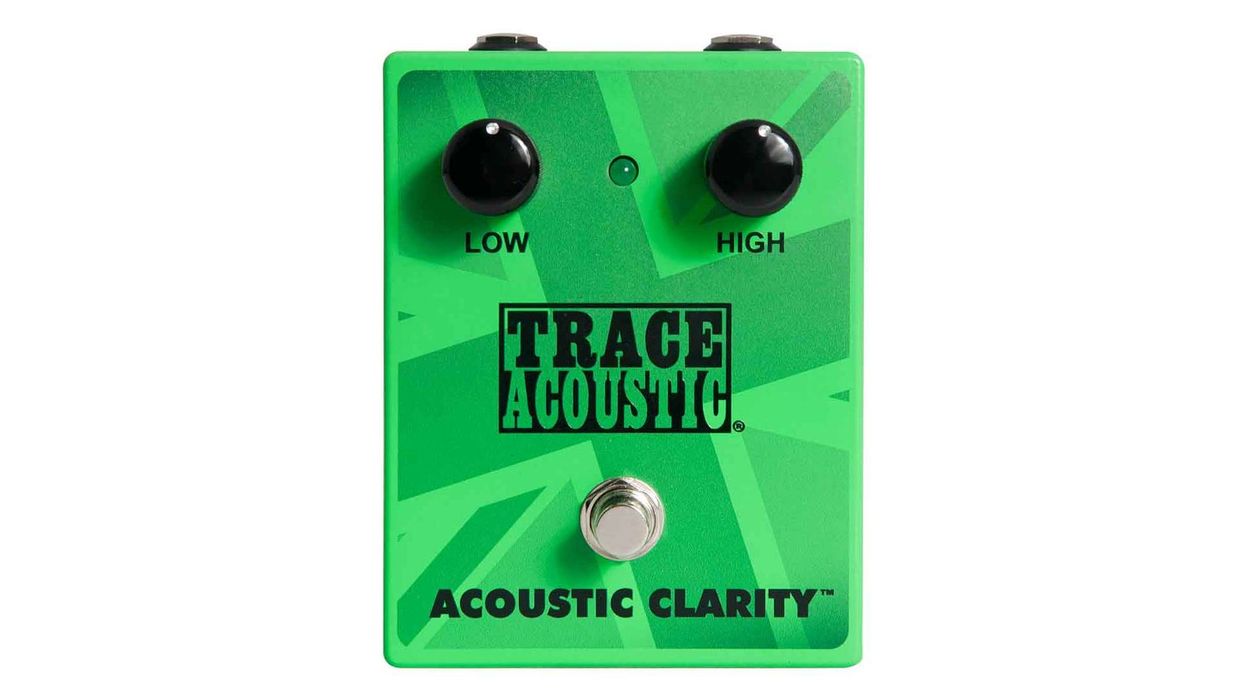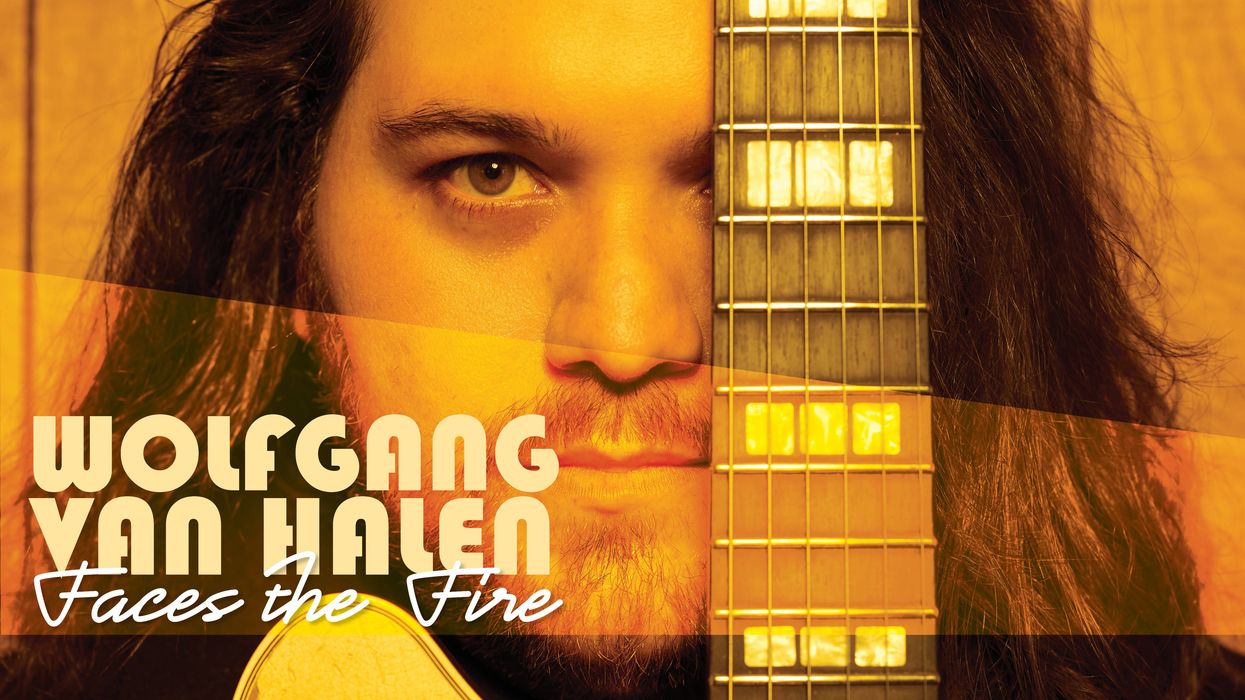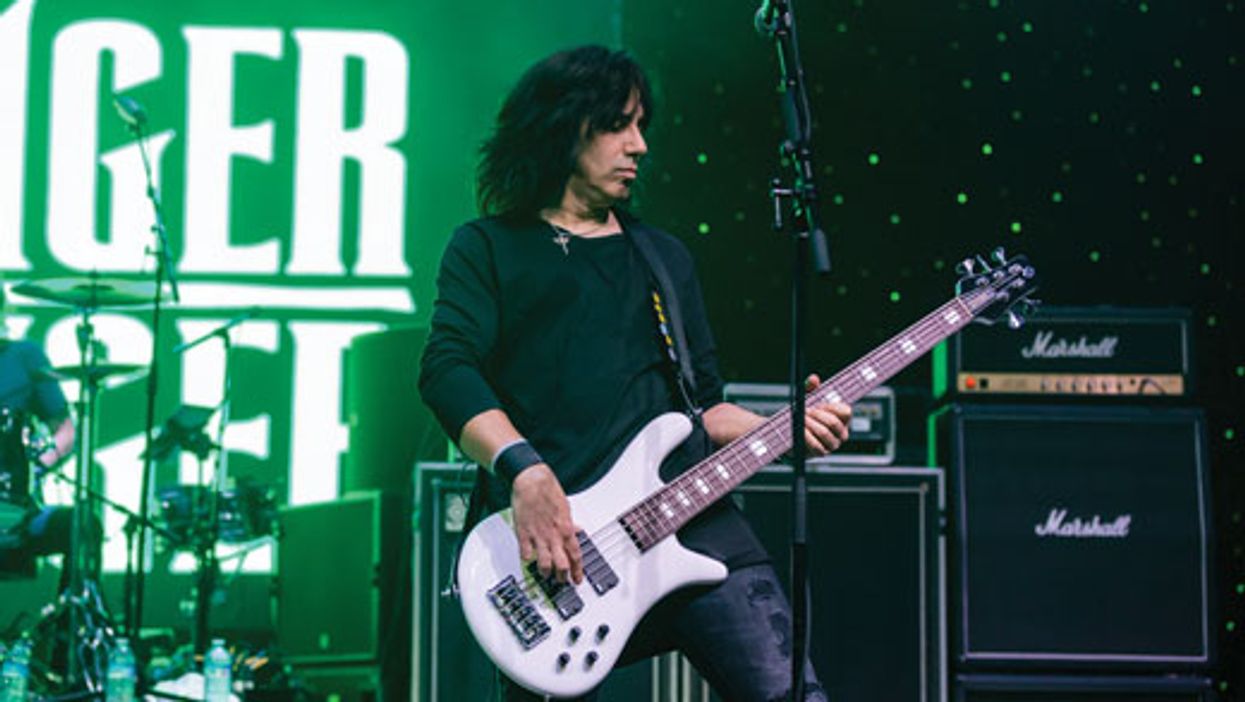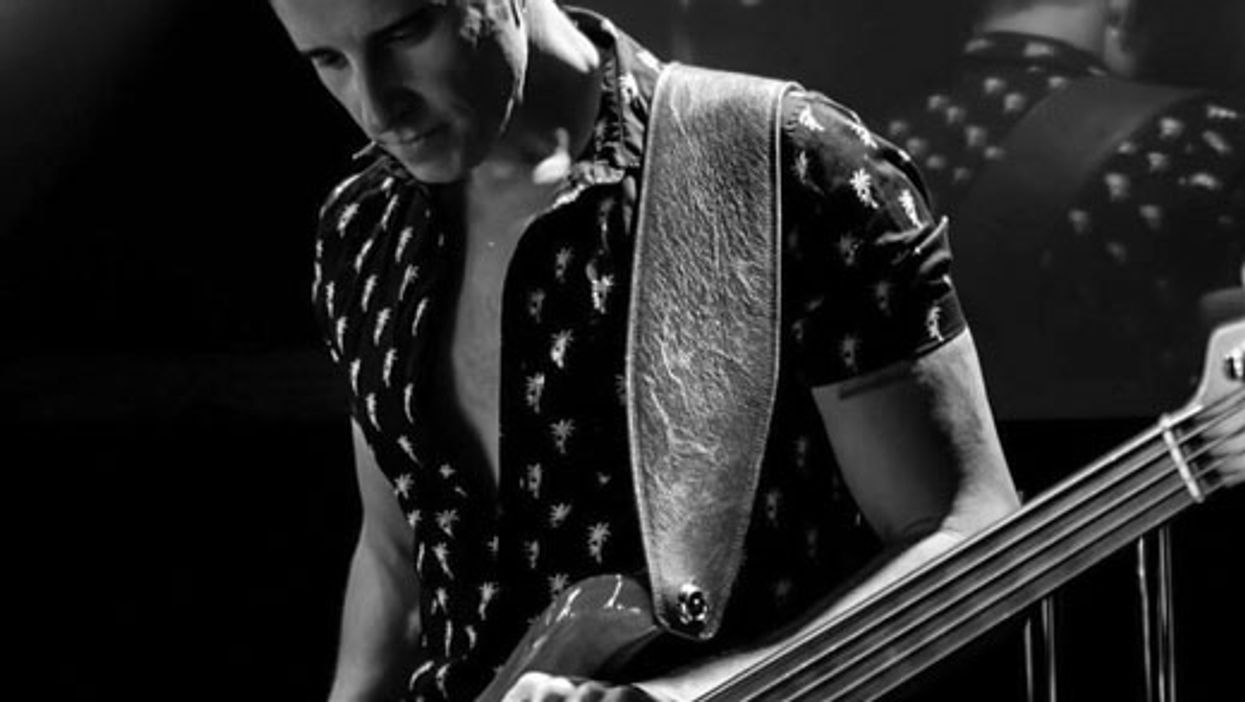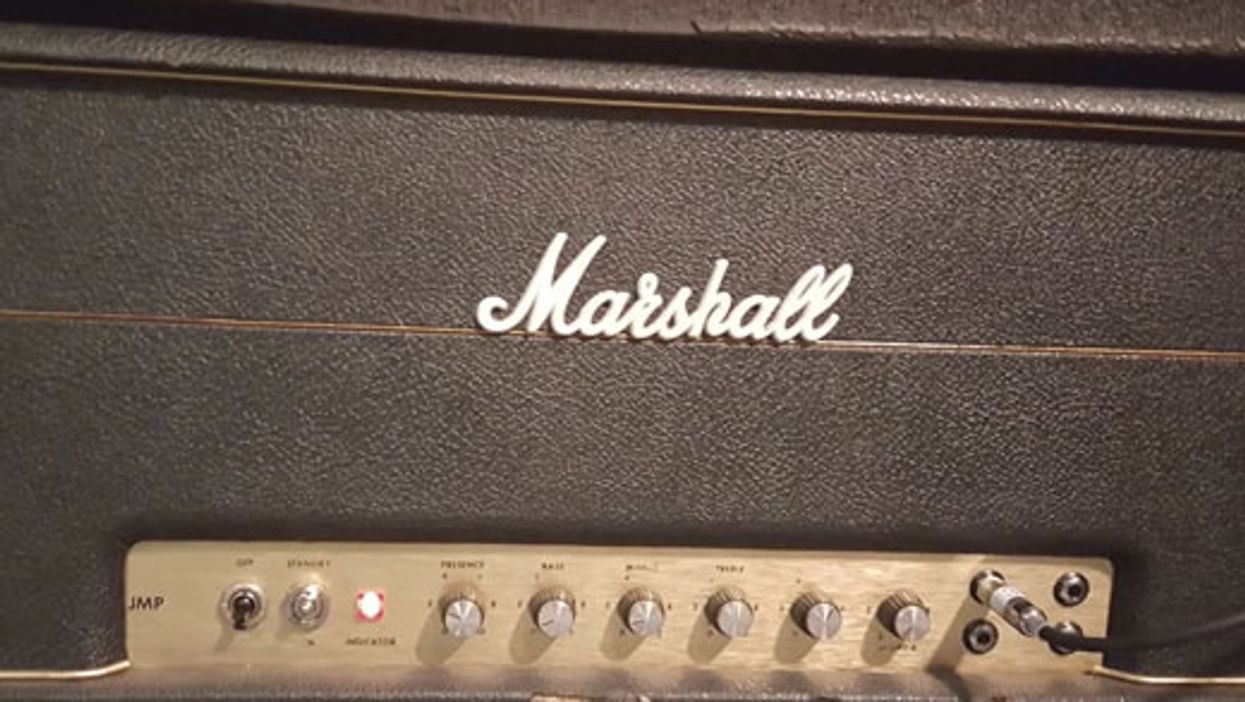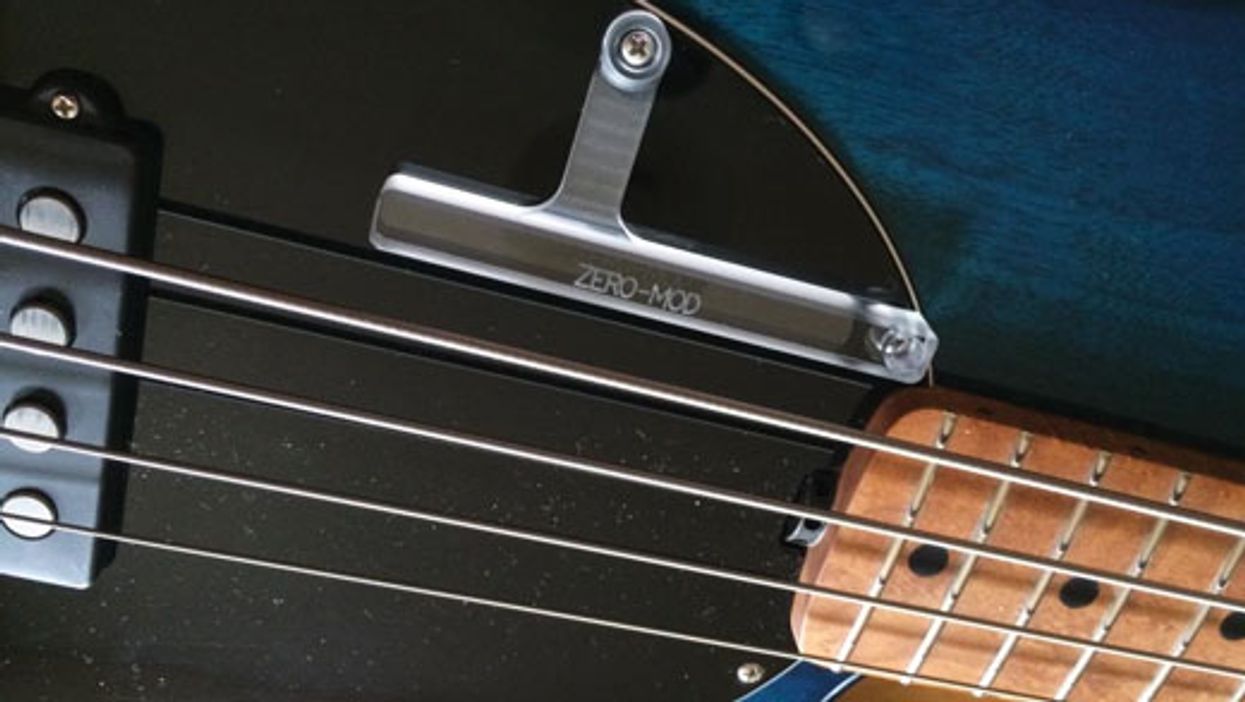There’s a great line in the classic ‘80s movie Revenge of the Nerds when Poindexter, in a cannabis-assisted moment of clarity, asks the question, “Would you rather live in the ascendency of a civilization or during its decline?” If you try and get too deep during a party… well, it’s just a downer. But the question he asks is a great one for sober discussion— and one I present to you. I ask because this month is my annual report on the State of Bass: the trends, the upswings, downswings, and the overall current situation of the instrument with the most power on stage but the least recognition. (Yes, I said it…)
Bass, electric or acoustic, really is a powerful instrument in its own right. Let’s forget about gear for a second and think about the effect it has on a song. Put a dotted quarter note in the straight-eight pattern, and you just changed the song. You think a guitar player has that power? Even if they play the sweetest of flat 9 chords, we can come along and play a note underneath that can change the whole landscape. It’s the quiet storm that we possess in our fingers. Use your powers for good, not evil!
For years, the bass player was the not-so-talented guitar player in the band who was made to play bass because the band needed one. It was sort of like being the last one picked for flag football. Likewise, there were a limited number of gear options for bass players (not like today—as you thumb the pages of this magazine, you’ll see an overwhelming amount of gear that’s available). In the early days, upright players couldn’t be heard, and the electric bass guitar came along to help players finally get in the mix—though our cause was not assisted by the fact that ads said things like, “Easy for guitar players to play” and “Less tiring than playing old-style bass.” All of a sudden, there was a fleet of players out there who didn’t really understand what bass was about, and the stereotype of the fat kid on bass was born.
Several players did hop on board the electric bandwagon early and started blazing a trail for the rest of us. After a while, more products came out, from different designs to better amp options, and things really started opening up. In a moment of historic wonderment, someone used a guitar effect pedal on a bass somewhere and changed the game yet again. All of a sudden, distorted bass was everywhere. Then the ‘70s hit and bass players harnessed the envelope filter, and then the chorus pedal. In the ‘80s, we started seeing more and more products for bass, with players moving from beside the kit to out in front of the band—and in some cases, without a band at all. We came a long way, baby.
Which brings us to the State of Bass today. I am pretty excited about what’s going on in our little world. Every NAMM show, something new and fantastic comes out for us. The instrument selection now is better than ever, with a design and configuration for every single player out there. That’s pretty encouraging, because to me the sign of a great guitar is one that you don’t want to put down. We have everything from 3- to 16-string basses, and while you may not see a 16-stringer on the Grand Ole Opry, it still has a place. With so many great luthiers out there, you can pretty much have your dream bass made a reality.
With better basses also came better amps. We’ve moved from tube to solid-state to a hybrid to tube again. The solid-state amps have shrunk to less than four pounds, and the cabs are getting better (and lighter, too!). We can now choose the sound we want—modern, vintage, harsh, smooth—in a size suitable for the arena or the bedroom, and even in the colors we want! Built into the amps of today are super-high-quality effects, studio-quality DIs, and EQs to capture or cut every frequency nuance you can think of. Beats having one tone knob, even though some would argue that’s all you need. It’s nice to have options.
Those purists who believe that we’re flooded with too many options and too much gear must’ve been Henry Ford fans… “You can have any color Model T, as long as it’s black.” I’m a child of the ‘80s. Growing up, I rarely heard a bass that didn’t have chorus on it. After I bought my first bass and amp, the next thing I saved up for was a chorus pedal. We go through phases in our playing, but as we get older and wiser we find a respect for the past, and must keep an eye on the future. I love the fact that today so much gear and so many sounds are available, and that pop radio isn’t totally dictating the tone of the day. There will always be influence from the music we grew up with and enjoyed, but with today’s technology we’re exposed to much more music than even ten years ago. It drives us to learn and listen, and in turn create new music.
To answer Poindexter’s question about living during a civilization’s ascension or decline, it doesn’t matter, as long as you know which one you’re in. I’m confident that we are on the rise on many fronts, and the climb continues. Our progress in gear, approach and musicianship has grown by leaps and bounds in the past few decades, and I can’t wait to see what comes next. The world will always love vintage gear and the way things “used to be”—and we should. Without progress, however, we can’t evolve. And without evolution the bass player is relegated to the back of the stage (again). Let’s keep moving forward, and keep finding that tone!
Steve Coook
Steve has performed and recorded with a diverse range of artists, from Edwin McCain to Randy Brecker to Course of Nature. Steve is also an alumnus of Woodstock ‘99, performing with his band King Konga. His current projects include extensive touring and video production with Bucky Covington (Lyric Street) and writing a popular weekly tour journal on his website: shinybass.com.


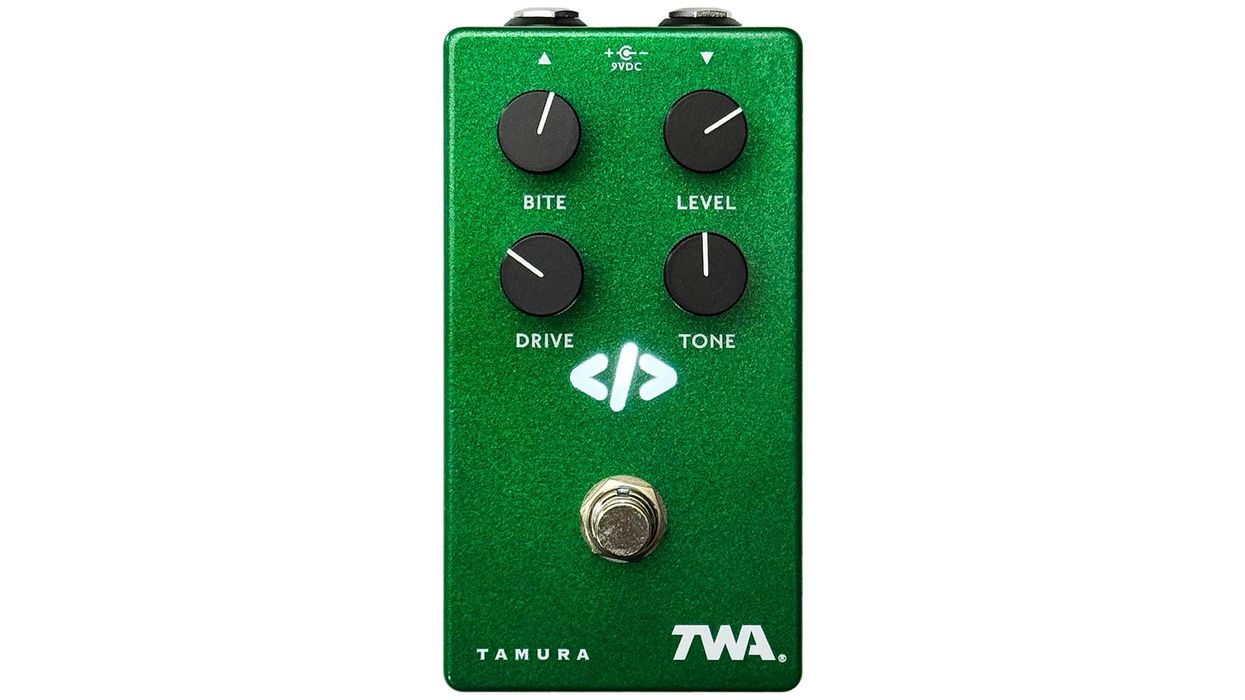

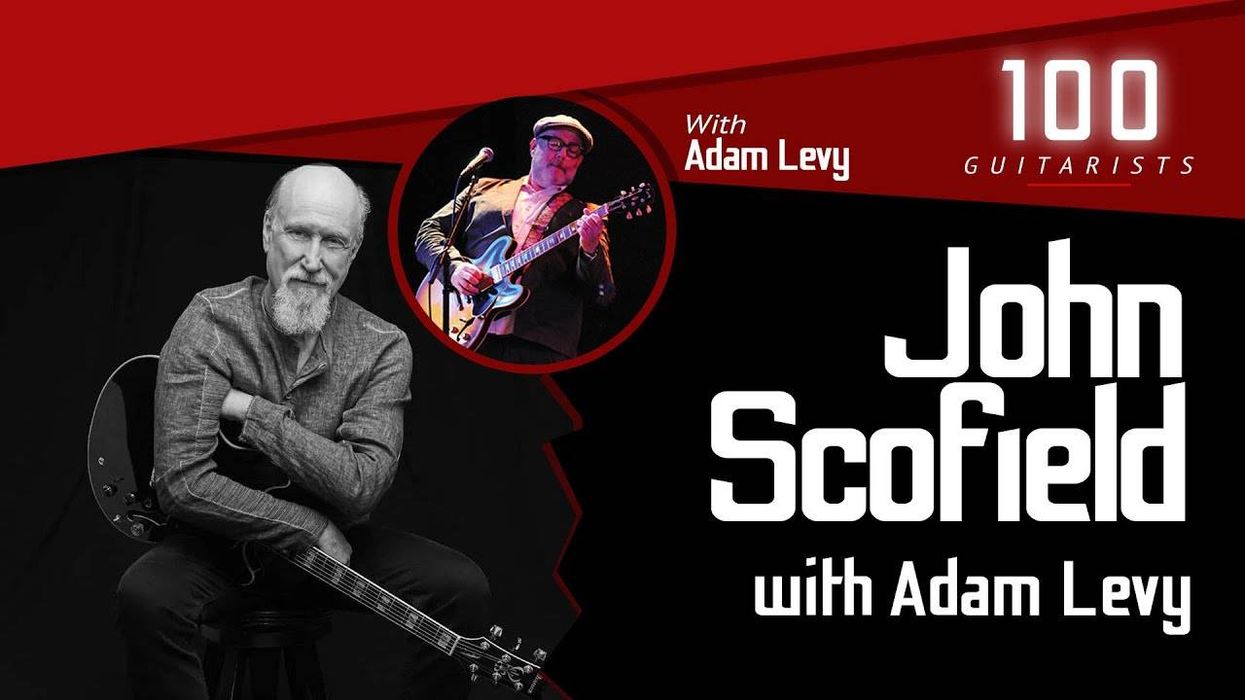
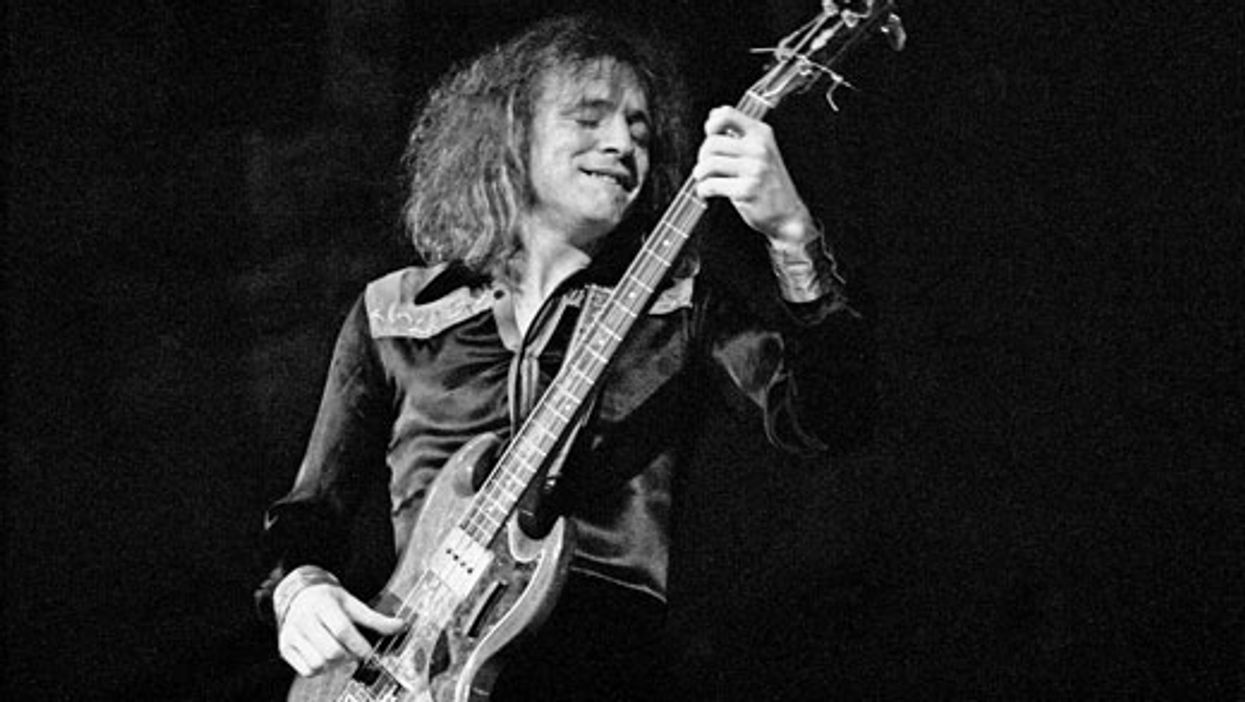
![Rig Rundown: AFI [2025]](https://www.premierguitar.com/media-library/youtube.jpg?id=62064741&width=1245&height=700&quality=70&coordinates=0%2C0%2C0%2C0)
